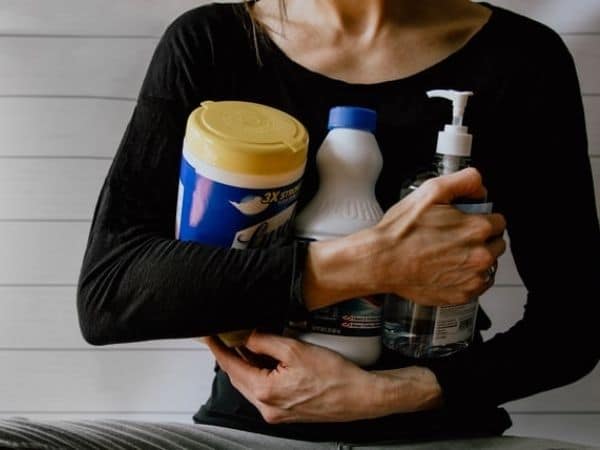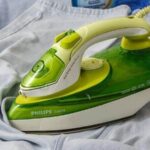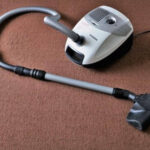Both chlorine and non chlorine bleach products are common household detergents but many people can barely tell the difference. Although their chemical composition differs, they work in the same way for the most part. The sections below discuss both in detail to help you understand how they differ and uses for each.
What is Bleach?

Briefly, the term bleach refers to an array of chemical cleaning agents with the most common one comprising of sodium hypochlorite (NaOCI) and water. Other variations comprise of agents such as hydrogen peroxide and calcium hypochlorite. The common uses of bleach include disinfecting (ability to destroy bacteria and viruses), whitening and brightening clothes, and sanitizing surfaces.
What is Chlorine Bleach?
Chlorine bleach is the common household detergent with a composition of 5.2 to 6 percent sodium hypochlorite. It is safe for use on white clothes with the aim of whitening and stain removal. It is also used to disinfect different kinds of surfaces ranging from lavatory spaces to kitchen countertops, cutting boards and other food preparation surfaces.
On the downside, it is very strong and can easily ruin fabrics. Furthermore, its uses are limited to fabrics such as cotton and most synthetic whites whereas materials such as spandex, leather, wool, silk and mohair respond to it in a negative way.
Chlorine bleach is different from chlorine gas in the sense that the former is a chemical solution whereas the latter is a chemical element (toxic gas) that primarily combines with other elements easily.
What is Non Chlorine Bleach?

Non chlorine bleach also known as chlorine free or oxygen bleach features hydrogen peroxide as its active ingredient in place of sodium hypochlorite. Just like chlorine bleach, it cleans, disinfects and brightens. However, it is suitable for colors but should only be used on fabrics that are bleach safe.
It is easy to tell if your laundry can be cleaned with bleach by looking at the instructions label. Most clothes provide a guideline on whether to use bleach and the type of bleach to use.
If unsure of whether to use it or not, conduct a test on a small area of a seam and observe bleeding or color change.
Since oxygen bleach is mild, it works best when used with hot water.
The Disadvantages of Using Bleach
Despite the multiple advantages associated with bleach, it has the potential to cause serious harm especially when used in high concentrations.
- Firstly, it is hazardous to human health in the sense that it can irritate the skin and harm the respiratory system. Concentrated bleach is also poses dangers to the eyes and should be kept out of reach of children.
- Besides ingestion-related harm, bleach can affect the respiratory system through mere exposure to the toxic smell as a result of use in poorly ventilated areas.
- Bleach should be mixed with other cleaning agents cautiously. It releases highly toxic gases when mixed with components such as ammonia.
- Bleach has a short shelf life. Generally, its unstable nature leads to break down of the primary compounds after a relatively short time of preservation.
- If bleach is poorly disposed, it has the potential to cause harm to the environment and other living organisms.
Alternatives to Bleach
Many cleaning agents do not pass as alternatives for bleach because they lack the ability to disinfect clothes and surfaces. For example, baking soda and borax can serve the cleaning purpose adequately but they do not function as disinfectants. Hydrogen peroxide offers the best solution as an alternative but its level of efficiency is not comparable to that of bleach.





